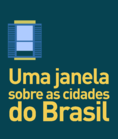collaborative urban design resilience innovation spatial planning urban development knowledge premi tesi di dottorato Communication urban growth commerce industrial sites infrastructures social capital urban projects inu maps rural areas premio letteratura urbanistica città storica news city summer schools dottorati information technology populations
THE CITY STATUTE:
FROM THEORY TO PRACTICE
Decio Rigatti, Elio Trusiani
![]() Portuguese Version
Portuguese Version![]() Italian Version
Italian Version
The rapid growth of the Brazilian cities over the last fifty years has led to a deep urban crisis, which can be still seen today. The crisis is characterized by:
a) failure in providing affordable dwellings, which is expressed by the expansion of the slums, which can now be found in all-sized cities;
b) differences between the rates at which urban areas grow and the supply of basic infrastructures like public transport systems and public services, in particular health and education, and sometimes sanitation and lighting;
c) growing socio-spatial segregation with an increasing division between poor and rich areas and the introduction of segregating morphologies like gated communities;
d) difficulties in regulating slums both in terms of land property and in complying with the minimum urban and building standards. 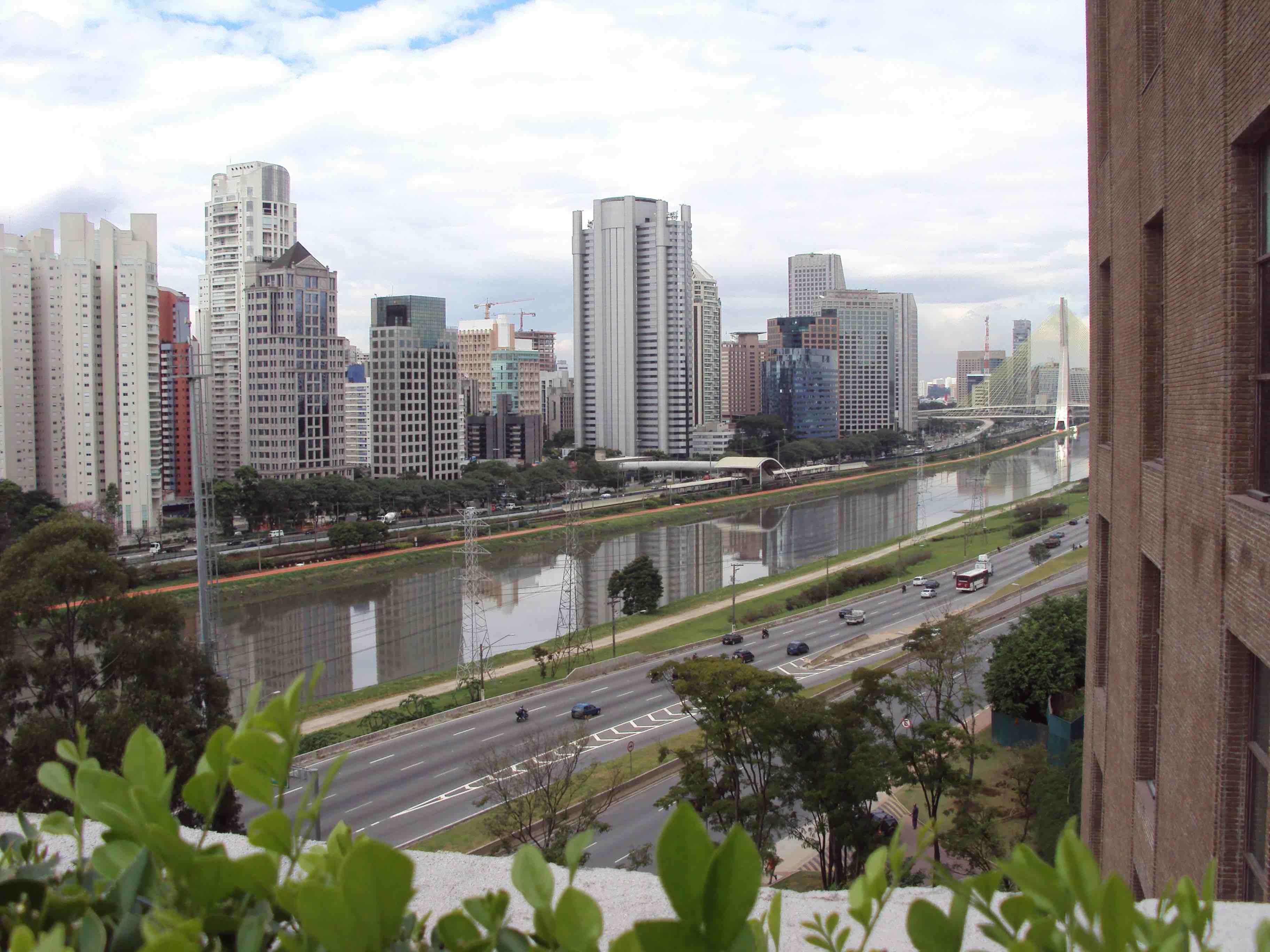
A FEDERAL LAW FOR THE CITY LOCAL GOVERNMENT
In order to try to address these topics, after a series of failed legislative attempts, the federal constitutional reform in 1988 introduced some general principles to control land use and urban development (Constitution of Federal Republic of Brazil, 1988, art. 182, 183), to be applied in specific laws. This is the case of the City Statute (Federal law n 10.257/2001), approved thirteen years after the federal constitution. The Statute regards the consolidation of some planning tools with the introduction of new mechanisms, such as the mandatory urbanization, the pre-emptive right, the onerous transfer of building rights, the definition of special areas of social interest, the common use and, among others, the consolidation of some traditional planning tools such as the expropriation of urban areas.
In Brazil, the responsibility of dealing with planning issues belongs exclusively to the municipalities. This is due to the absence of other levels of territorial management.
Accordingly, the City Statute:
a) allows municipalities to use all or some of the instruments which are part of the Statute;
b) defines a deadline for the municipalities to adapt their urban regulation plans to the innovations and obliges to include the entire area of the municipalities in the regulations and not only the urban areas.
It is introduced the Ministry of the cities that, among other tasks, is responsible of supervising the application of the City Statute of the City by the municipalities. The Ministry serves as a point of reference and provides funds to be used in producing the urban regulatory plans.
One of the legal requirements in producing the regulatory plans was the need for broad public participation in all phases. Although aiming at a more democratic process for decisions concerning urban development, in general this requirement had a little impact regarding the design of the local laws. This was mainly due to:
a) difficulties for ordinary people to understand and check the contents under discussion, particularly those related to more technical issues; consequently, public participation has been, in fact, limited and discriminatory;
b) city councils across the country have never well accepted the participatory process because they have interpreted it as interfering with and reducing their power. As a result, the design of laws regarding the urban regulatory plans decided in the participatory meetings have been not always the same with respect to those that were approved by city councils;
c) the stakeholders, specifically the real estate sector, which were opposed to any form of building restrictions, have exercised continuous pressure to city councils, both during planning and approval processes, orienting changes in the design of the laws.
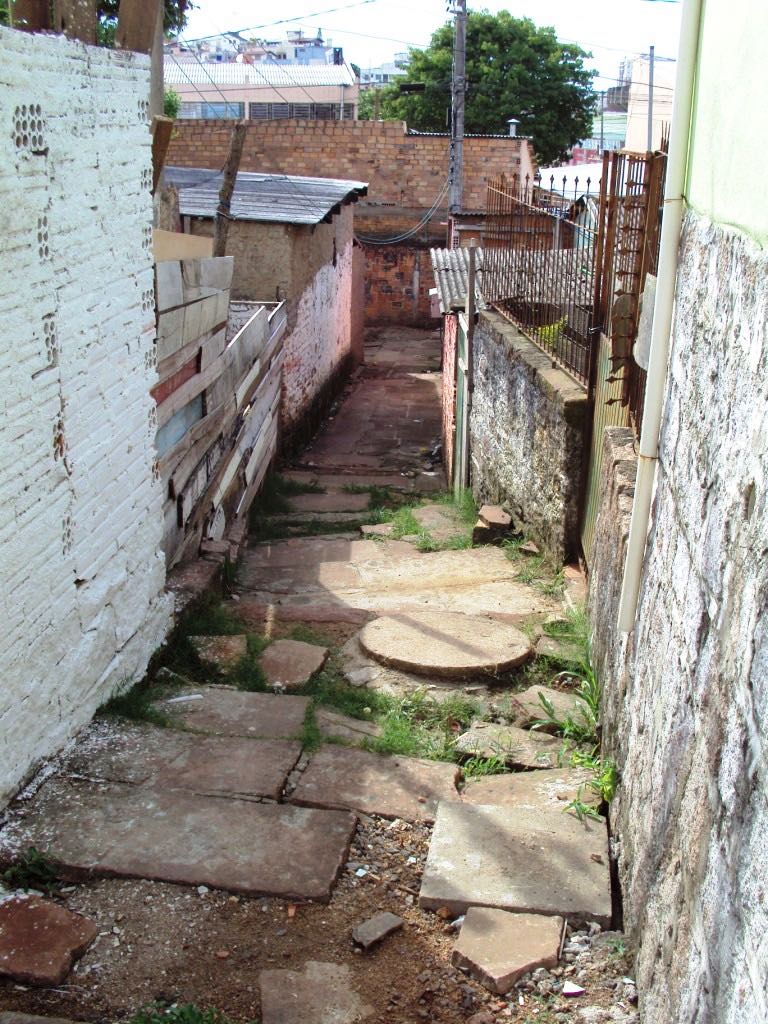
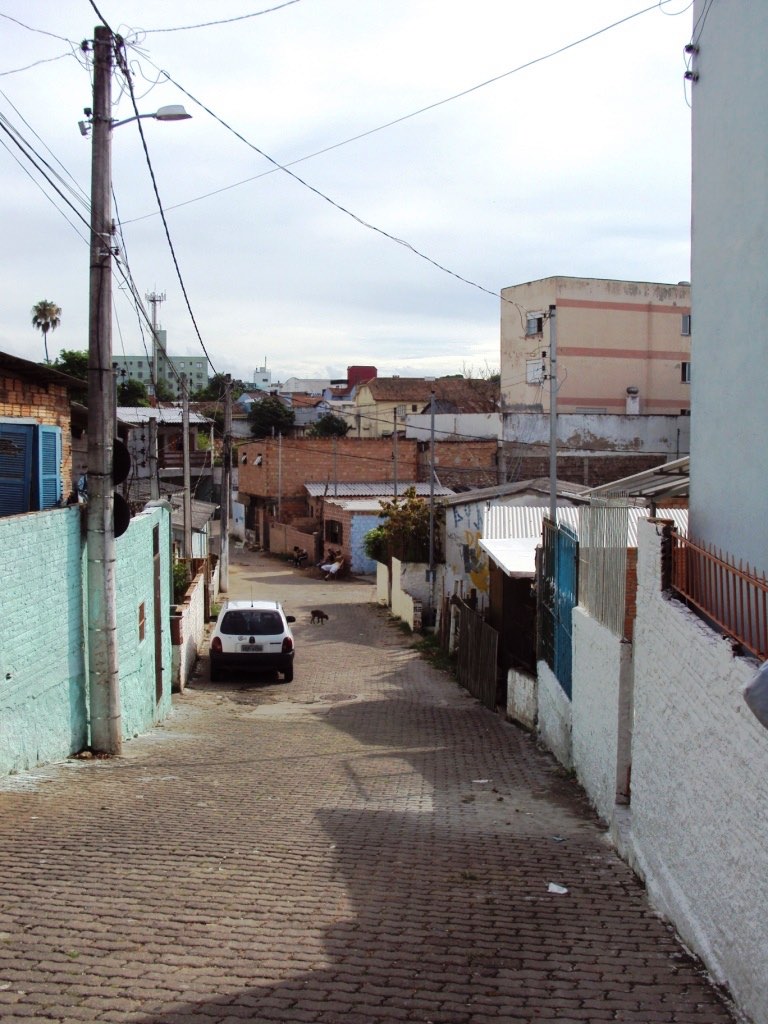
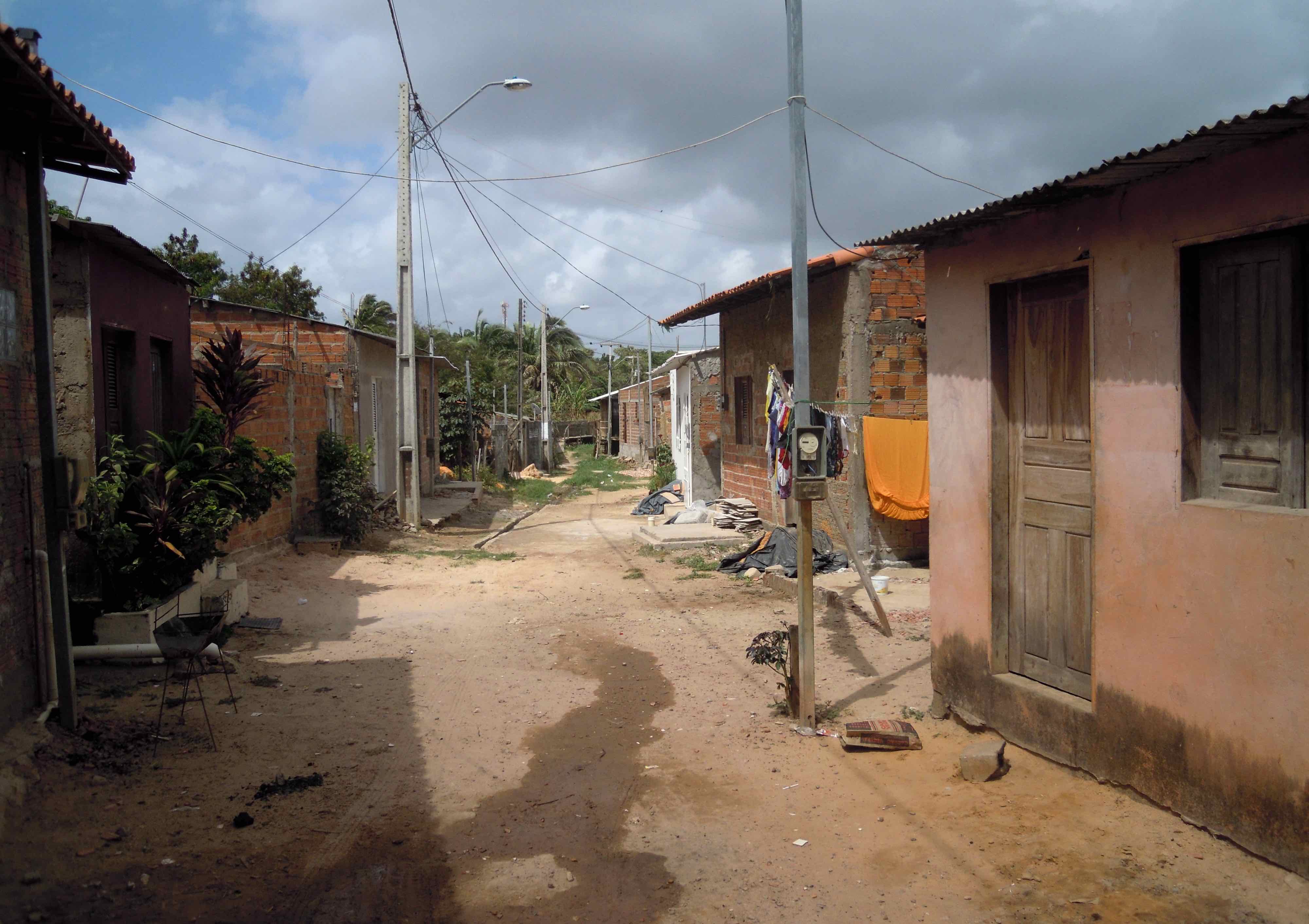
Even on the technical level and in the principles introduced by the Constitution and by the City Statute, there are some incongruences revealed by the planning practice. Firsty, one constitutional principle is that private property must fulfil a social role when it follows the requirements of the urban regulatory plan. In reality no matter how discriminatory or socially questionable the requirements are [1], all properties fulfil a social role.
Moreover, on the operational level, also the possibility of using reduced urban standards in the so-called Social interest special areas, defined and delimited in the urban regulatory plan, led to the reduction of these urban standards for the entire city, including, for instance, plot sizes, the area of residential units and construction materials. This has produced a city, for most people, built with low building quality with small size and high levels of energy consumption.
On the other hand, one of the key-goals of the City Statute has been to make possible the access to the city and its benefits more democratic, albeit with exceptions. However almost fifteen years after its introduction, problems in providing housing, basic infrastructure, and urban services for low-income people remain practically unchanged.
Some of the reasons why the instruments of the City Statute have had a limited effect in producing a deeper change in the Brazilian cities are:
a) its main strength lies more in its discursive, as well as political, character, rather than in its practical-operative aspects;
b) the democratization of access to the city was never prioritized over the interests of some, and public policies have produced by the elite to fulfil its own demands. More socially based experiments have always been a by-product of the planning process to justify the actions mentioned above;
c) even when considering the huge amount of money applied to social housing like in the Minha Casa Minha Vida program [2], this was not enough to solve some of the chronic problems related to these projects, both regarding housing quality and the poor environment imposed on the dwellers. Besides, these large real-estate developments have not been able to reduce or eliminate the slums in the cities;
d) the misuse or the abuse of some of the instruments introduced by the City Statute, such as the possibility that the compensations of the urbanization costs could be paid by developers when they realize the volumes beyond the basic standard pattern, have led to socialize the costs of urbanization and to privatize the earnings [3]. 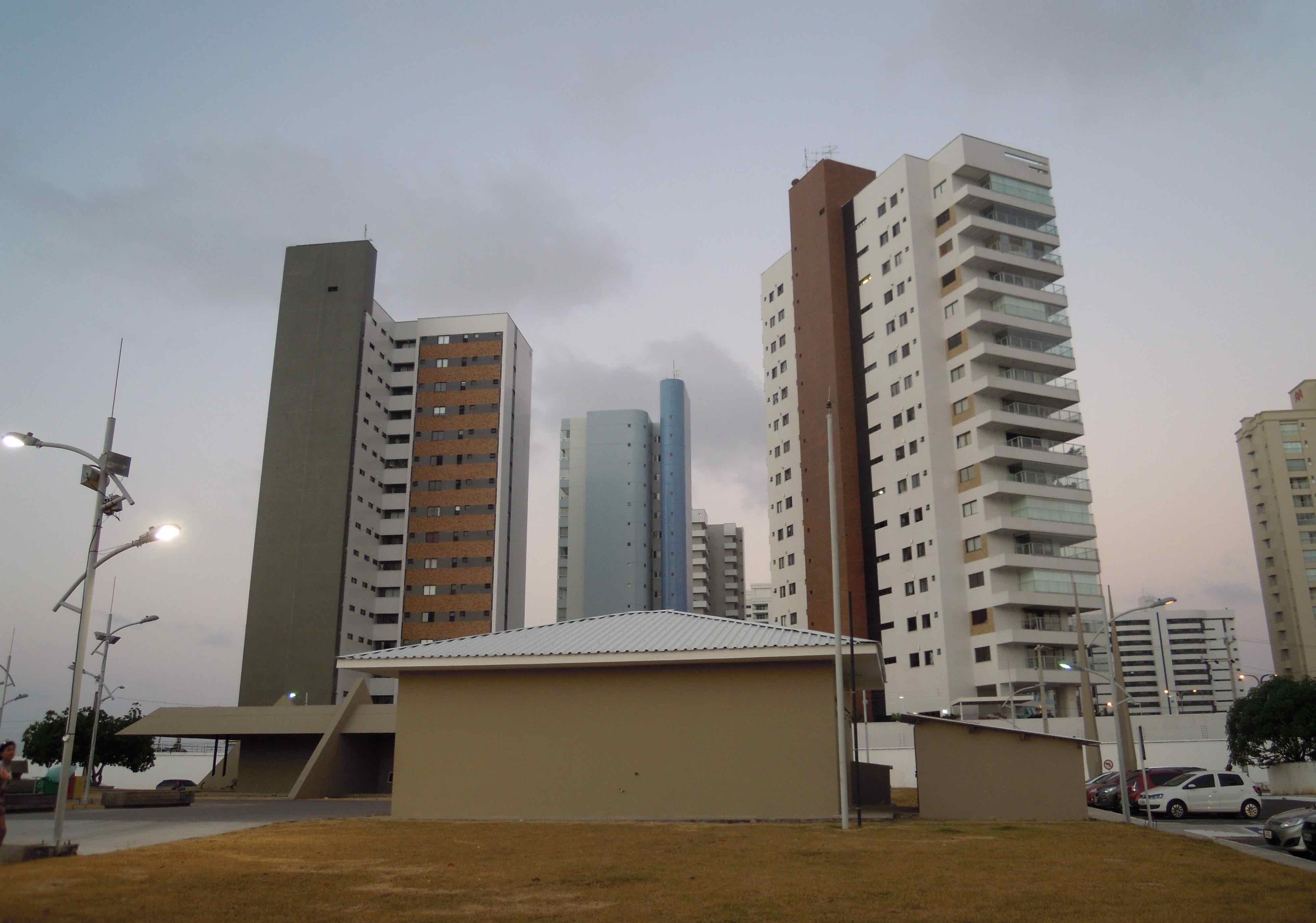
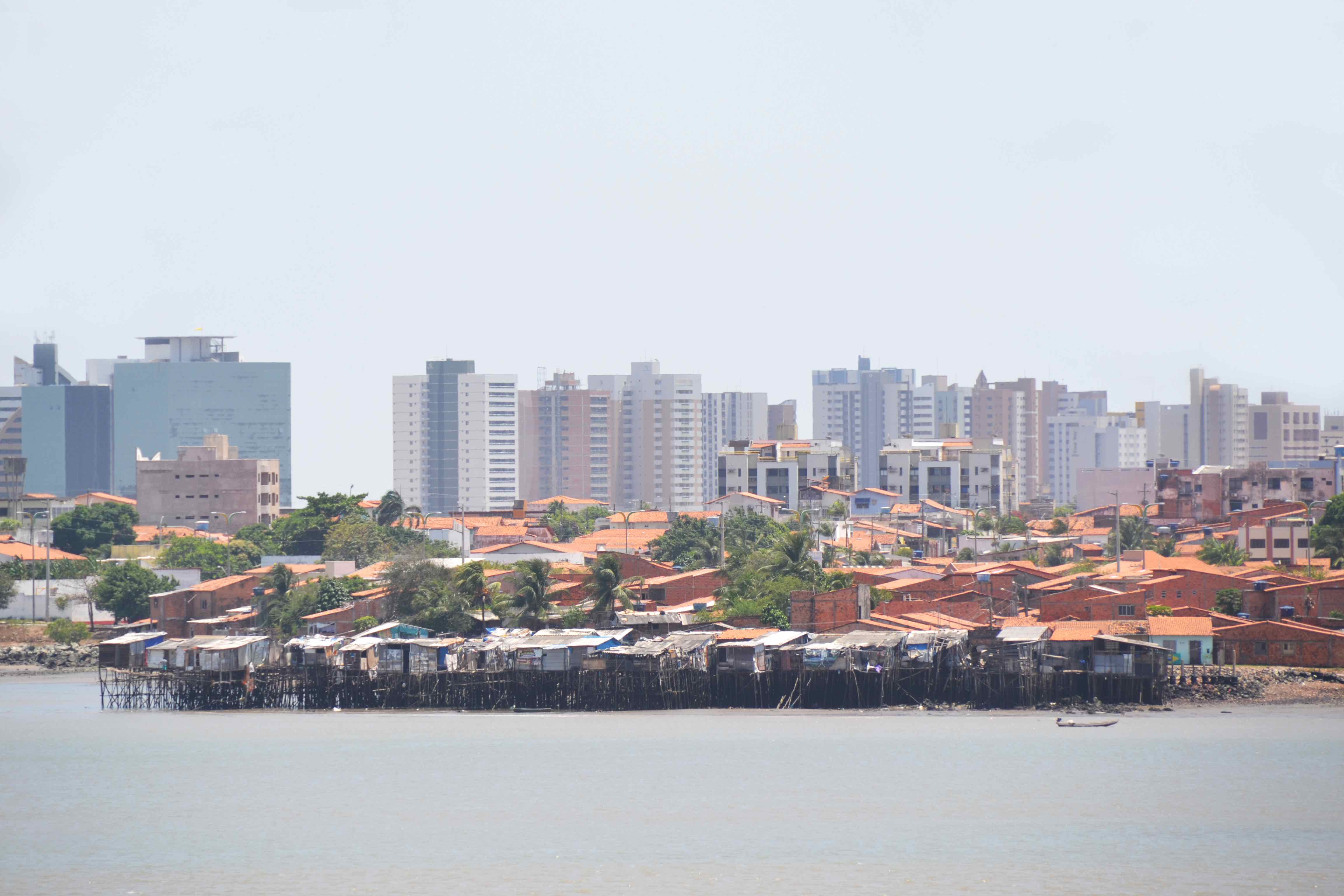
CONCLUSIONS
Nearly fifteen years after the introduction of the City Statute, it is possible to evaluate the differences between the theory behind the Statute and its impact on the construction of a better, more democratic and less segregated city.
From the point of view of its comprehensiveness to all the municipal territory, little has changed regarding its prevailing urban character. Rural areas, when part of the regulatory plans, receive a quite different treatment from urban areas, both in terms of analysis (in many cases the analysis are shallow) and in the level of the propositions (the clauses tend to be quite general, not able to consider territorial specificities and with the required detail level inferior to the one of urban areas).
The City Statute, on one hand, has been an opportunity for a large number of municipalities all over the Country to produce their urban regulatory plans. On the other hand, due to more political than technical reasons, it has not been very effective in solving Brazilian urban problems maintaining nearly intact the socio-spatial segregation and the huge differences in accessing the most primary urban facilities, such as housing, infrastructures and public services.
Nevertheless it can be considered a step forward in dealing with urban issues in Brazil, the City Statute has not been able to become a true instrument to manage and control urban transformations and to play a relevant social role for the city.
REFERENCES
• Brasil, Constituição da República Federativa do Brasil, October 5, 1988.
• Brasil, O Estatuto da cidade, law n. 10.257, July 10, 2001.
• Porto Alegre, Plano diretor de desenvolvimento urbano e ambiental, law n. 667, January 3, 2011,
• E. Trusiani, Progetto e cultura nella città dei movimenti. 00 55 51 Porto Alegre, Brasile, Gangemi, Rome, 2010.
• A. Vizzotto, O solo criado em Porto Alegre: a adoção do instrumento jurídico-urbanístico, Propur, Porto Alegre, 2008.
NOTES
[1] In same cases, the result of these prescriptions is translated in the maximum use of the urban land, in the absence of compensation from big urban developments and in a lack of sensibility to environmental issues.
[2] The Federal Housing Program My House My Life began in 2009 and partially substituted previous and expired programs.
[3] The basic building indexes are usually so high as to make it necessary to use the instruments for the payment of the charges due for those buildings exceeding the permitted index, for example, in Porto Alegre (Vizzotto, 2008).
Decio Rigatti, architect, professor of urban planning at the Laureate International Universities in Porto Alegre where he teaches in the Master of Science in Architecture and Urbanism, and in the post-graduate course of Urban and Regional Planning at the Universidade Federal do Rio Grande do Sul.
Elio Trusiani, architect, associate professor of urban planning at the University of Camerino, lecturer in post-graduate courses at Sapienza University in Rome and at LUISS Business School in Rome. Fellow of CNPq, Conselho Nacional de Desenvolvimento Científico e Tecnológico (20o4/2011), visiting professor in many Brazilian universities.
A WINDOW ON BRAZILIAN CITIES
Regular column of Planum. The Journal of Urbanism | www.planum.net
CREDITS
• Marco Mareggi | Editor of the column
• Luca Lazzarini | English text reviewer
• Talita Amaral Medina | Portuguese text reviewer
• Cecilia Saibene | Layout
To send proposals of articles and contributions to the regular column, write to:
Marco Mareggi: marco.mareggi@polimi.it
Planum Editorial Staff: planum.magazine@gmail.com




Planum
The Journal of Urbanism
ISSN 1723-0993
owned by
Istituto Nazionale di Urbanistica
published by
Planum Association
ISSN 1723-0993 | Registered at Court of Rome 4/12/2001, num. 514/2001
Web site realized by ChannelWeb & Planum Association | Powered by BEdita 3
